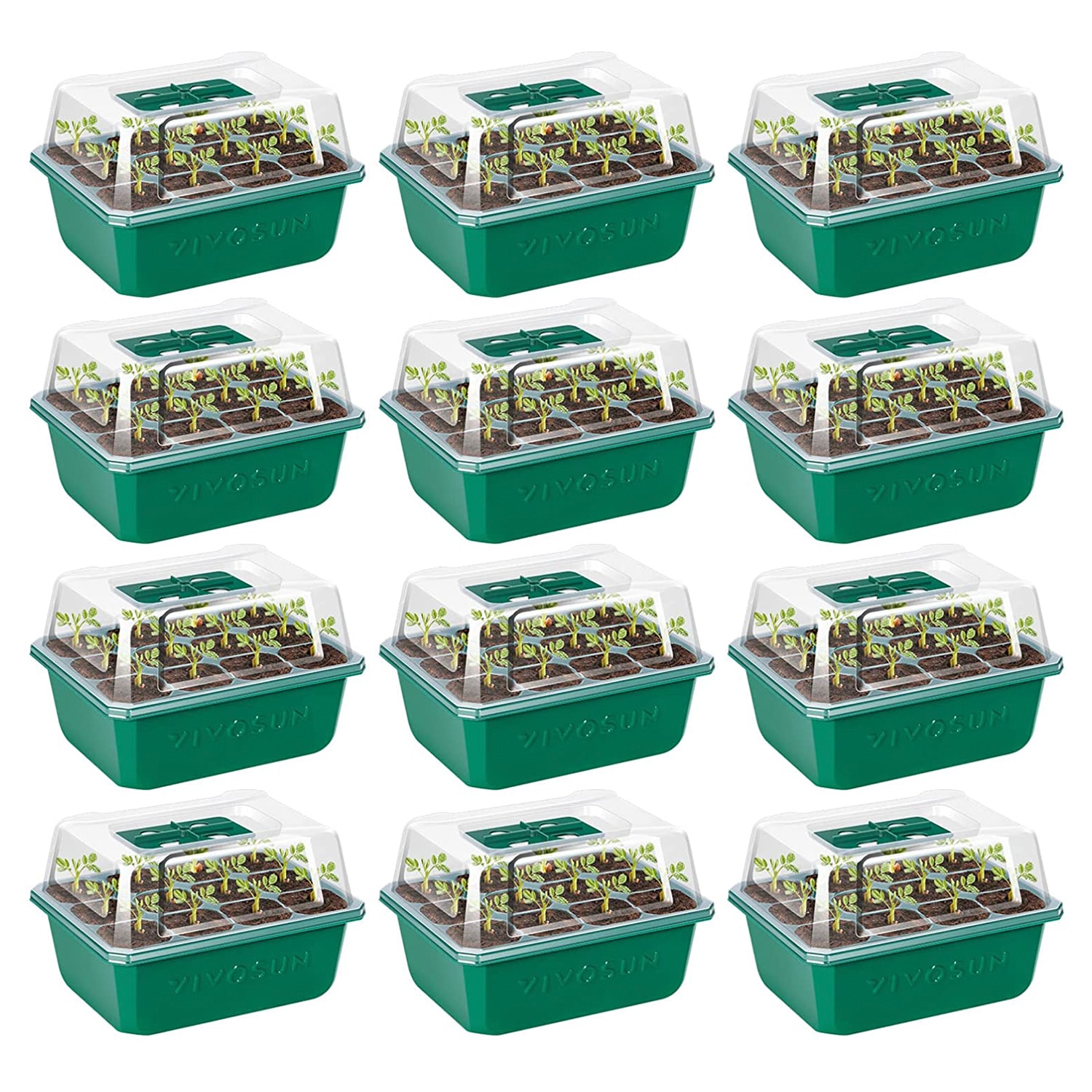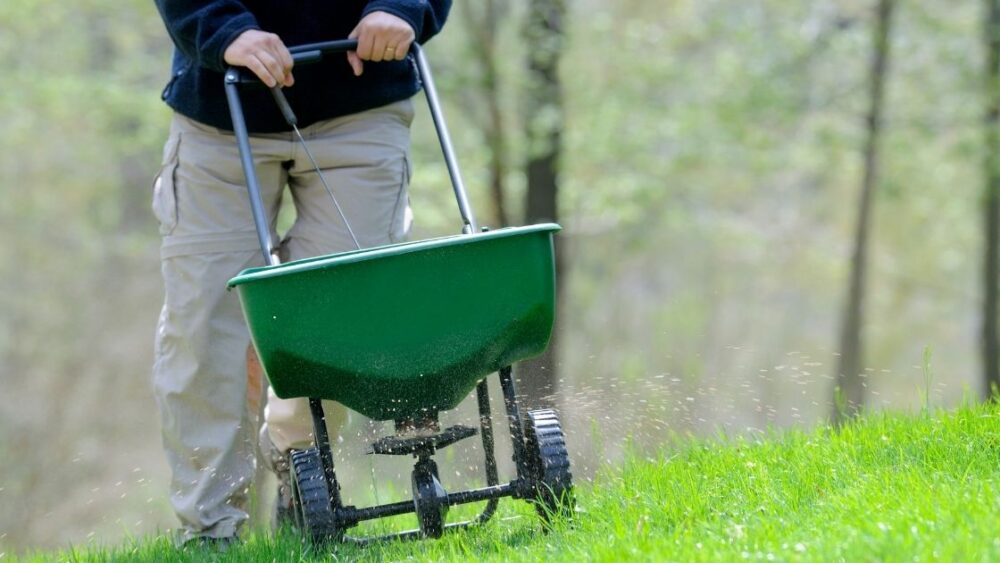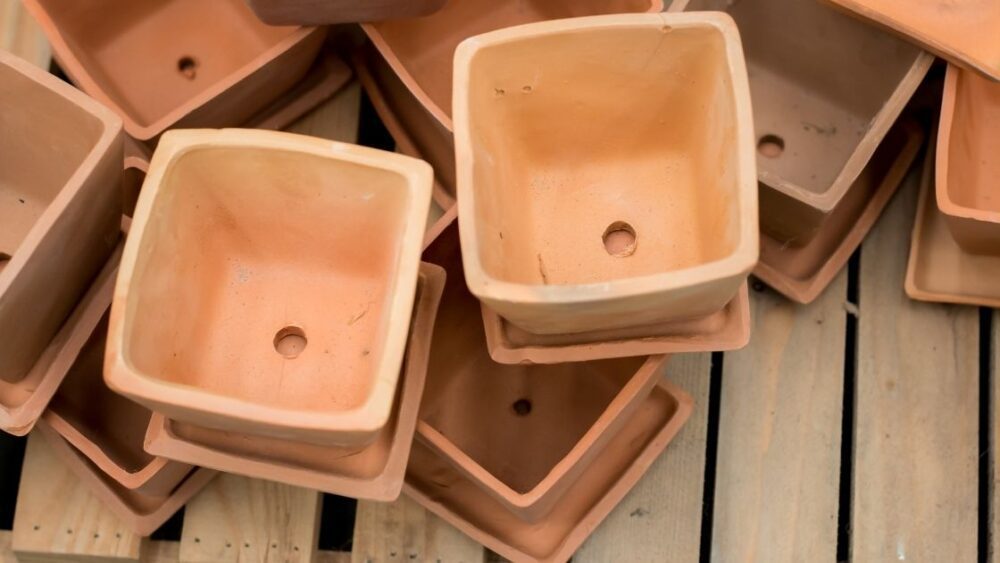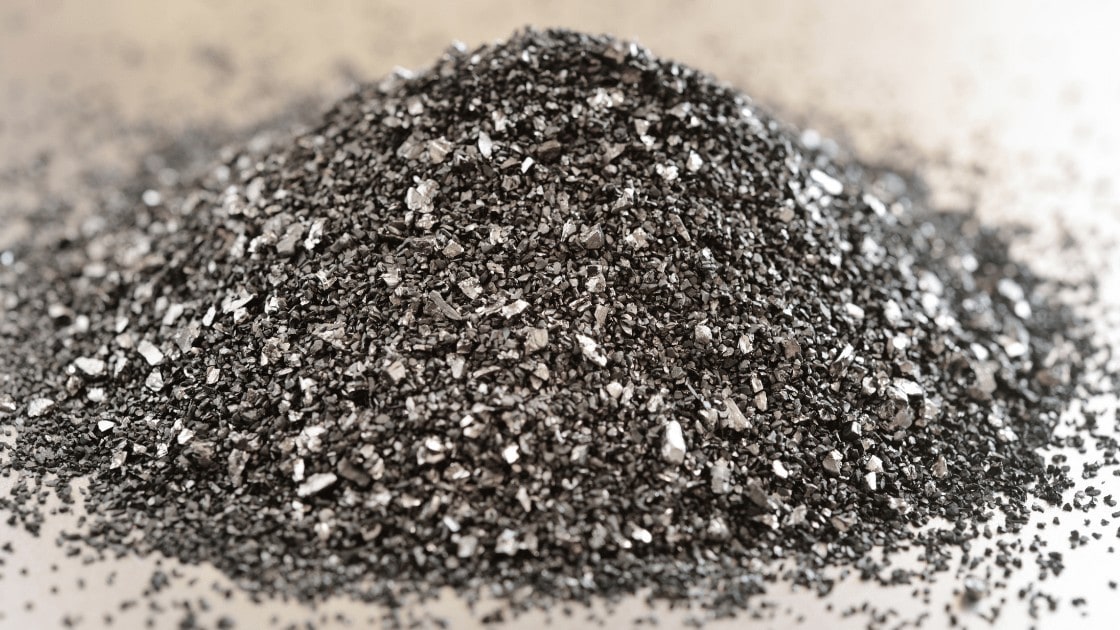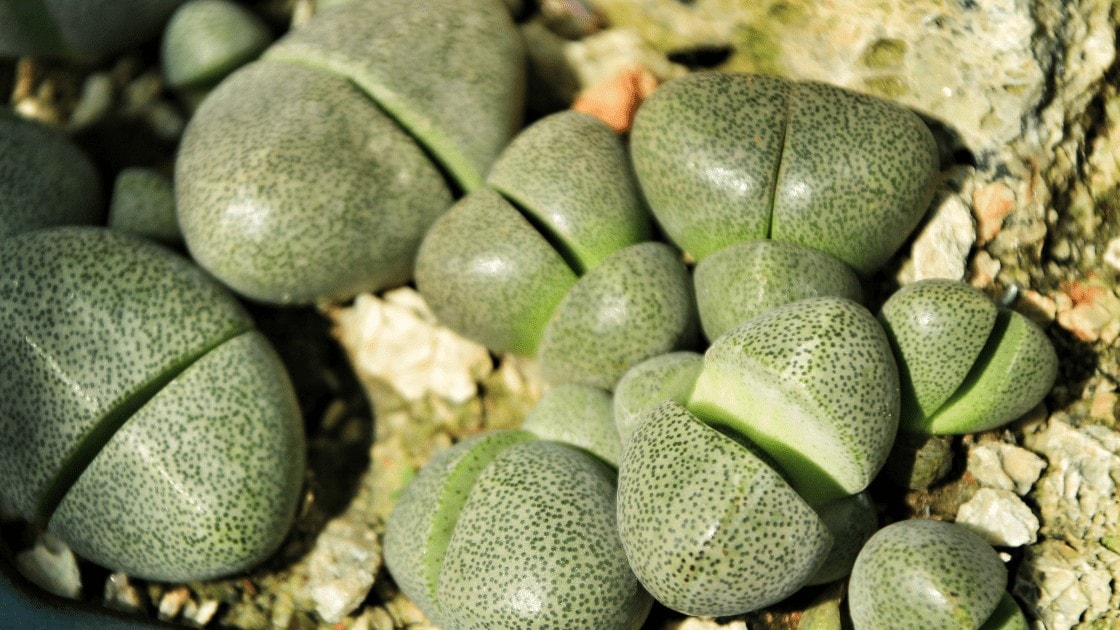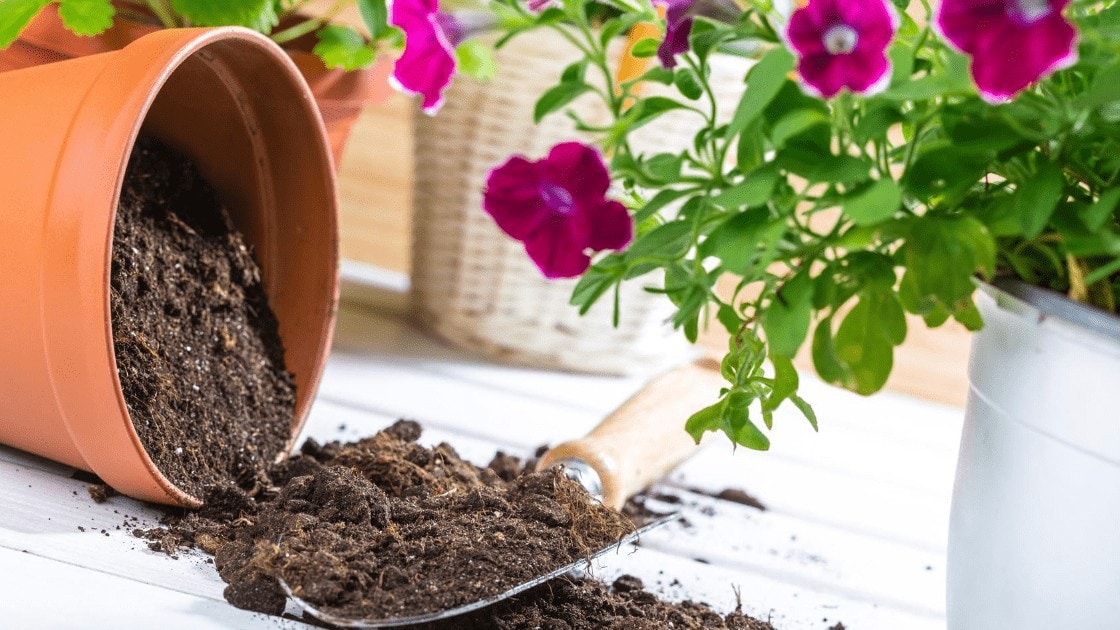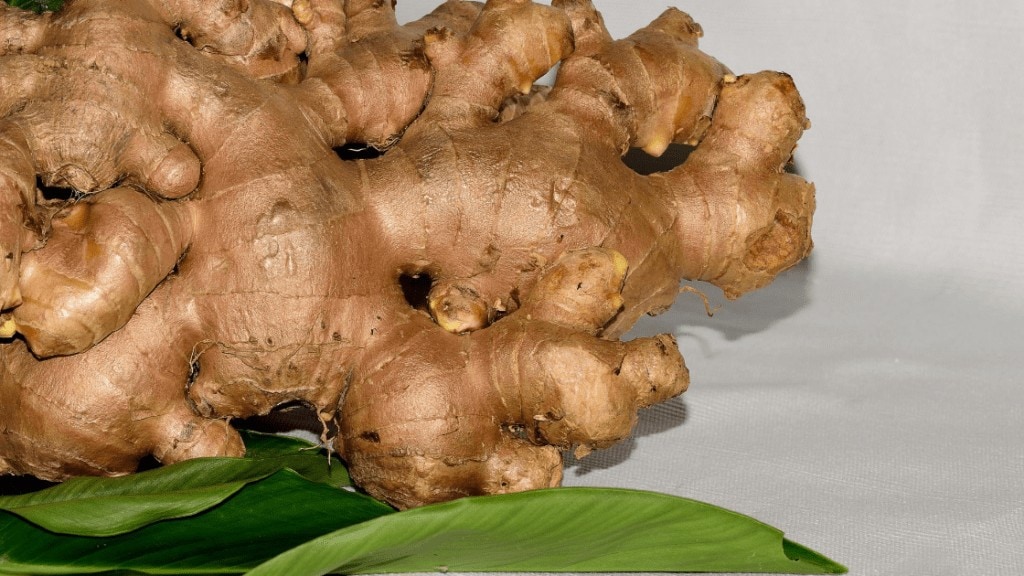
In order to nurture abundant and healthy plants, it is best to understand the fundamentals of its care. This includes its sunlight exposure, watering schedule, and the way the plant’s processes or stores its food. This is where some people stirred up a little confusion.
You may have heard of the term rhizomes but not quite sure what it meant. Here’s one thing for sure; rhizomes are different from roots. This post is a detailed explanation of everything you need to know about rhizomes.
What are Rhizomes?
A rhizome is the underground stem of a plant that is growing horizontally. We got used to the traditional look of a plant where the stem is visible above the ground. The rhizome is the stem of the plant, but instead of growing above the ground, it grows underground or, for some, in the soil surface (like ferns). That is why it is confused with roots, because they look alike, and they grow underground. [1]
Browse our Affiliate Products
We are all aware that the main stem of the plant is primarily responsible for helping with transporting the by-products photosynthesis (the food-making process of the plant) to different parts of the plant. In addition, the main stem supports the leaves and the roots. For some plants, like ginger, the main stem is the rhizome. In the case of rhizomes, it is used as a storage for proteins and starches so plants can survive harsh weather conditions.
If a rhizome gets separated piece by piece, each rhizome can give life to a new plant-the new plant sources out its protein, starch, and nutrients from the rhizome. A rhizome can also be considered as a lifeline of a plant when it dies during winter.
The rhizome is capable of producing the root systems and roots of a new plant. The root creeps out from the rhizome to grow a new stalk upwards; hence, the rhizome is also called the “creeping rootstalk.” The growth of the new stem is beneficial for both the mother and the new plant, as it helps the parent plant propagate asexually. This is especially true for poplars like bamboo that rely on rhizomes for their growth.
A shallow-rooted plant like the bamboo grows its rhizomes for up to six inches below the ground. The rhizome of bamboo can either be in a clumping formation or grow with a running habit. Its rhizomes produce
feeder roots up to 20 inches below the ground, and that is where a new bamboo plant is born-no wonder why a bamboo forest reproduces on its own without any human intervention.
Function of Rhizomes
Rhizomes have more uses and benefits to crops, to summarize, here are its functions:
- Storage of nutrients, proteins, and carbohydrates.
- Able to survive in harsh weather conditions, especially during the winter. This process is called vegetative production.
- Vegetative production is used by the farmers to laterally grow plants (e.g., ginger, hops, bamboo, and grass)
- Helps in the growth of a new plant
- Some rhizomes are safe for human consumption (e.g., turmeric and ginger)
Types of Rhizomes
There are three types of rhizomes, and these types differ in their direction of growth. These are:
- Underground Rhizomes
- Above-ground Rhizomes
- Multi-layered Rhizome
What’s the Difference Between Rhizomes and Roots?
Although rhizomes are also known as “creeping root stalks,” it is not the root of a plant. The term rhizome was even coined from the Greek term meaning “mass of roots.” It is the main stem of the plant and enables the growth of a new plant’s root.
Just remember that the main difference between these two is in regards to its leaf and nodes composition. Roots do not have leaves or nodes and cannot give life to a new plant. In contrast, rhizomes have leaves and nodes and are capable of providing new life.
Their functions overlap, but it differs in some details. While they are both used to store the plant’s food, the rhizome enables transportation of the nutrients, and this is not something a root can’t do. [2]
What Plants Do Rhizomes Produce?
Rhizomes can produce different plants, and it can vary from edible crops, herbs, garden plants, grasses, indoor plants, and even flowers. These plants include:
- Bamboo
- Hops
- Asparagus
- Iris
- Lily of the Valley
- Ginger
- Cannas
- Sympodial orchids
- Galangal
- Fingerroot
- Lotus (click here for Amazon’s seed started kit)
- Venus flytrap
- Western Poison Oak
- Poison Ivy
- Virginia Creeper
- Chinese Lantern
- Alstromeria
- Johnson Grass
- Bermuda Grass
- Purple Nut Sedge
- Giant horsetails
- Antique Spurge
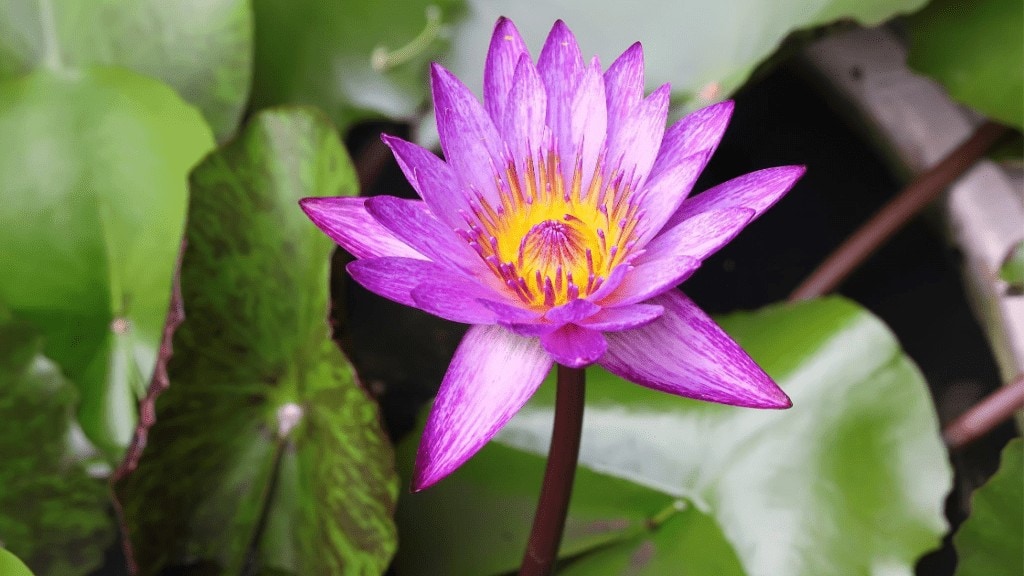
Of course, there are many more plants produced by rhizomes, but the ones mentioned above are the most common household names. The Antique Spurge, for instance, a succulent or a cactus that is a common indoor plant. That’s why no wonder the Antique Spurge requires minimal care and can survive for a long time because its source of life is a rhizome.
There’s also the lotus, an aquatic plant that looks similar to a water lily. It is a fibrous vegetable planted in a body of water, with leaves and flowers sprouting upwards, above the surface of the water. In traditional Asian medicine, lotus rhizome is believed to have many health benefits. It can lower cholesterol levels, it has high fiber contents, rich in Vitamin C, and boosts the overall immune system.
Another popular plant produced by a rhizome is turmeric. In Asian cuisines, they use the rhizome of turmeric as a food flavoring, for aroma, food coloring, and even tea.
Why Are Rhizomes Problematic and Invasive?
Plants that use rhizomes to grow are labeled as problematic and invasive because they spread easily and hard to eradicate. Plant lovers know that it can cause weed problems. Even after you thought you removed the whole plant, after a week or so, you again saw another growth.
Some plants can sprout from left behind fragments of rhizomes, making it hard to eradicate everything. For some, it may be problematic, especially when the plant growth is unwanted on your premises. But for cases like bermudagrass that looks pretty on your backyard, it can be a benefit.
Examples of invasive weeds or aggressive plants with rhizomes that grow out of control are:
- Creeping Charlie
- Japanese Knotweed
- Horsetails
- Poison Ivy
- Stinging Nettle
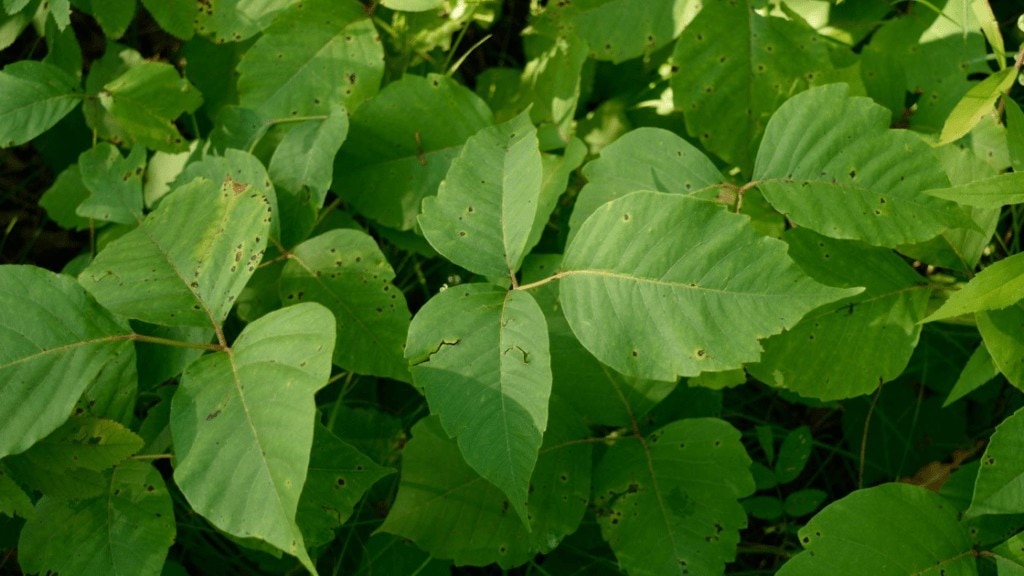
Ways of Destroying Rhizomes
For new sprouts and existing plants:
- Deprive of sunlight:
- Prevent Emergence
- Till during the summer
- Use Chemicals (Such as Roundup Herbicide)
Or if you have planted a plant with a rhizome root system and would like to limit it spread, amazon offers a barrier that is placed around the areas you would like to limit it to as shown below.

Do Rhizomes Make Good House Plants
Yes, some rhizomes make an excellent house plant. Since plants growing from rhizomes are low maintenance and are hard to kill, they make suitable house plants. There are long-term potted plants like the Antique Spurge, Peace Lily, and the Snake Plant.
There are also hanging rhizome plants that creep on their own and make an excellent decoration inside your house. Examples are ferns, ficus, or creeping figs.
Are Rhizomes Edible?
Yes, some rhizomes are edible. Some of the edible rhizomes are ginger, lotus, turmeric, and a young bamboo sprout. Not only are some of the rhizomes for culinary purposes, but traditional Asian healing involves the use of rhizomes as well.
But take note that not all rhizomes are edible. Those usual weeds, creeping, and plotted plants are not edible and should not be for human consumption.
Is Their Danger in Consuming Rhizomes?
The plants growing from rhizomes like ginger are safe to eat. However, the ingesting of rhizomes for medicinal purposes has its limitations. It is safe as long as the suggested preparation and period of ingestion is followed promptly. For example, lotus rhizome is popular in India and Vietnam as a great source of vitamins and minerals.
It cannot be eaten raw and needs to be cooked or streamed, and drained well. Not being able to do so can cause stomach upsets, nausea, and diarrhea. Also, take note that lotus are water plants, and the body of water where it grows may be dirty itself.
Should You Grow Your Own Rhizomes Plants?
You need to invest time and patience when growing your own rhizome plants at home. Sure some of these plants are low maintenance and are hard to kill, but the initial planting process will always need your attention.
Let’s say, for example, and you want to grow your own ginger at home, that is easy. Get ginger possibly with rhizome or fragment of rhizome still attached to it and soak it in the water. The rhizome of ginger is brown and, of course, looks like roots. Sometimes you may see the rhizome’s fragments in the surrounding the ginger, and that is the part you must soak in the water.
After soaking it in the water overnight, plant the rhizomes 2 to 4 inches deep in well-draining soil, with a distance of 6 to 8 inches apart. Always make sure that the growth buds are pointing upwards. With proper sunlight and minimal watering, you can harvest your ginger after eight to ten months.
This may sound like an extended period, and you might worry about the winter coming. As mentioned earlier, rhizome plants can survive the winter since it safely stores its food and can even resurrect.
How to Plant Rhizomes:
For the record, some rhizomes can reproduce by itself (depending on the plant and the environment). However, I’ll be giving you some tips case you have an existing rhizome and plan to transfer to another location, or you just purchase a new rhizome. Just follow these steps:
- Soak the rhizome in water or a compost tea for a few hours.
- Choose a well-draining soil and dig a shallow trench or whole
- Plant the rhizome horizontally
- If there are any shoots, point it upwards
- Cover the rhizome with approximately 3cm of soil.
- Water it thoroughly, but do not overwater the rhizome as it may rot.
Final Thoughts
Now that you understand more on what are rhizomes, you are equipped to effectively give life and take care of another living object. Your concern may be growing or eradicating rhizomes, and this article is a helpful guide for you to address your concerns.
References:
[1] https://www.britannica.com/science/rhizome
[2] https://www.thoughtco.com/rhizome-definition-and-examples-4782397
[3] https://homeguides.sfgate.com/kill-tuberous-rhizome-weeds-31512.html



